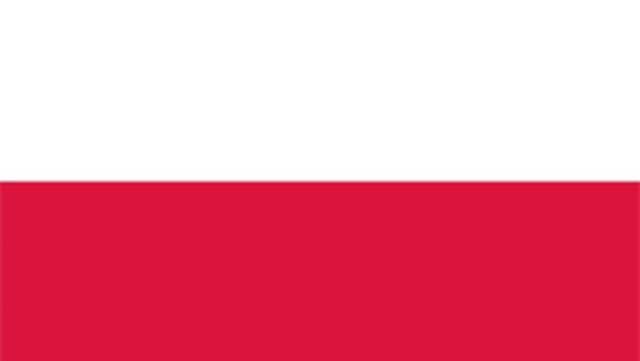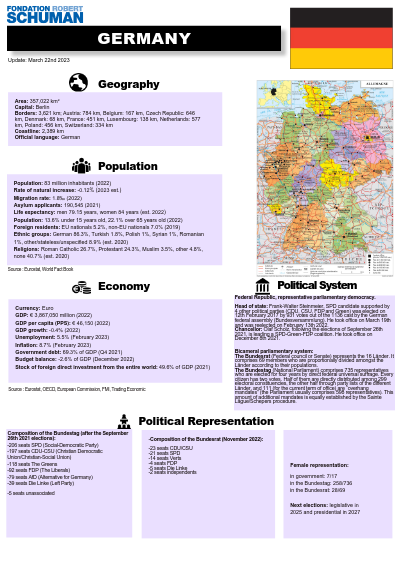
Geography
Area : 357,022 km²
Borders : 3,621 km; Austria: 784 km, Belgium: 167 km, Czech Republic: 646 km, Denmark: 68 km, France: 451 km, Luxembourg: 138 km, Netherlands: 577 km, Poland: 456 km, Switzerland: 334 km
Coastline : 2,389 km
Capital : Berlin
Official language : German
Flag
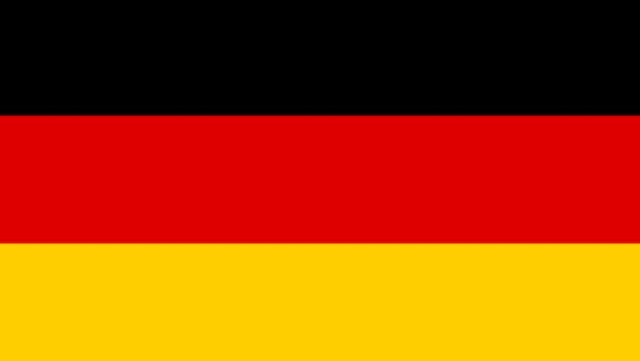
Population
Population : 83,456,045 (2024 est.)
Crude natural change rate : - 4‰ (2023)
Population repartition: 13.8% under 15 years old, 23.7% over 65 years old (2024 est.)
Foreign residents: EU nationals 5.2%, non-EU nationals 7.0% (2019)
Crude net migration rate: - 1,8‰ (est. 2024)
First time asylum applicants: 229,695 (2024)
Life expectancy: men 81.9 years, women 84.4 years (2024 est.)
Religions: Roman Catholic 26%, Protestant 23.7%, Muslim 3.6%, other 4.8%, none 41.9% (2021 est.)
Ethnic groups: German 86.3%, Turkish 1.8%, Polish 1%, Syrian 1%, Romanian 1%, other/stateless/unspecified 8.9% (est. 2020)
Source : Eurostat, World Fact Book
Economy
Currency: Euro
GDP: € 4,305,260.0 millions (2024)
GDP per capita (PPS): € 42,580 (2024)
GDP growth : 0% (Q3 2025)
Inflation: 2.3% (November 2025)
Public debt: 62.1% of GDP (Q1 2025)
Unemployment: 6.3% (November 2025)
Budget balance: -2.8% of GDP (2024)
Source : Eurostat, OECD, European Commission, FMI, Trading Economic
Political system
Federal Republic, representative parliamentary democracy.
Head of state: Frank-Walter Steinmeier, SPD candidate supported by 4 other political parties (CDU, CSU, FDP and Green) was elected on 12th February 2017 by 931 votes out of the 1136 cast by the German federal assembly (Bundesversammlung). He took office on March 19th and was reelected on February 13th 2022.
Chancellor: Friedrich Merz, following the elections of February 23th 2025, has been leading a CDU/CSU ans SPD coalition since May 5th, 2025.
Bicameral parliamentary system: The Bundesrat (Federal council or Senate) represents the 16 Länder. It comprises 69 members who are proportionally divided amongst the Länder according to their populations. The Bundestag (National Parliament) comprises 736 representatives who are elected for four years by direct federal universal suffrage. Every citizen has two votes. Half of them are directly distributed among 299 electoral constituencies, the other half through party lists of the different Länder, and 111 (for the current term of office) are “overhang mandates” (the Parliament usually comprises 598 representatives). This amount of additional mandates is equally established by the Sainte Lägue/Schepers procedure.
Political representation
Composition of the Bundestag (since October 2021):
- 208 seats CDU-CSU (Christian Democratic Union/ Christian-Social Union)
- 150 seats AfD (Alternative for Germany)
- 120 seats SPD (Social-Democratic Party)
- 85 seats The Greens
- 64 seats Die Linke (Left Party)
- 1 seats unassociated
Composition of the Bundesrat (September 2024):
- 24 seats CDU/CSU
- 22 seats SPD
- 16 seats Green
- 3 seats Die Linke
- 2 seats FDP
- 2 seats independents
Women's representations
- in government: 8/17
- in the Bundestag: 204/630
- in the Bundesrat: 23/69
Next Elections:
On The Same Theme
Country Sheet
Country Sheet
Country Sheet
Country Sheet
Country Sheet
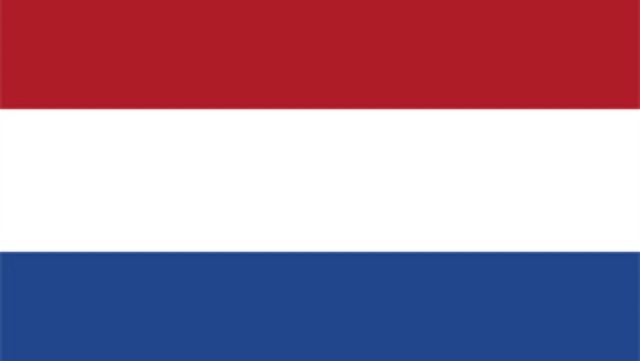
Country Sheet
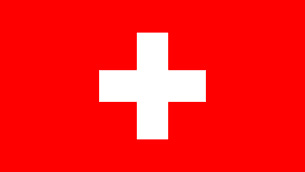
Country Sheet
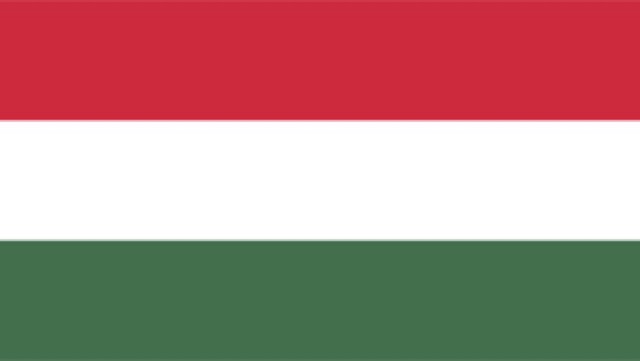
Country Sheet
